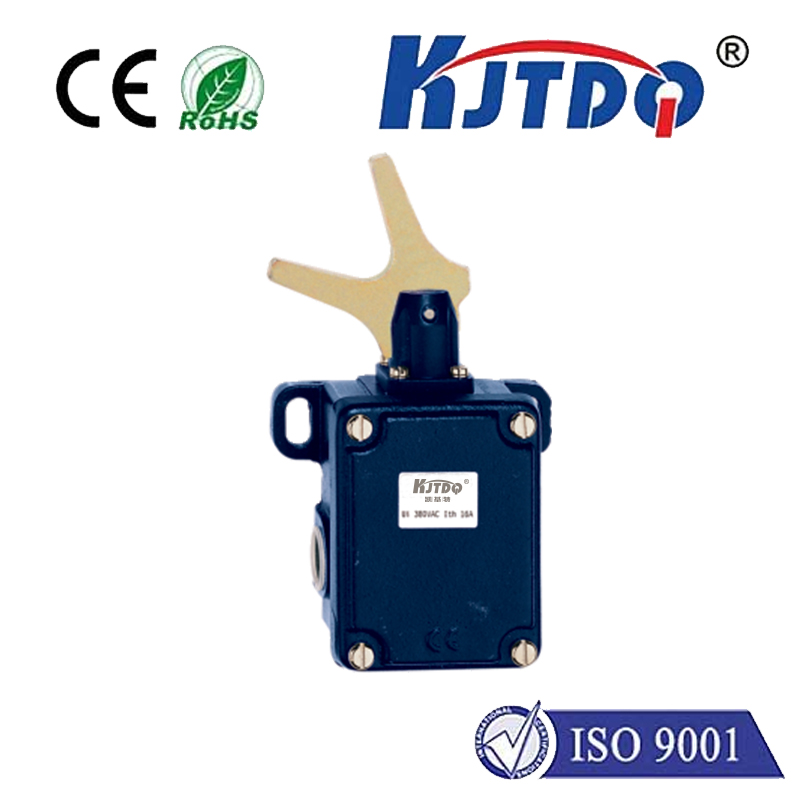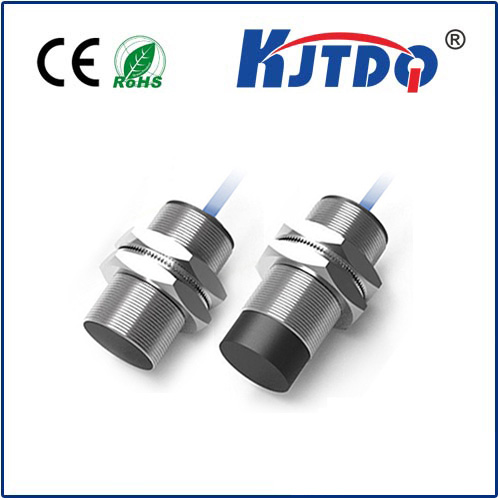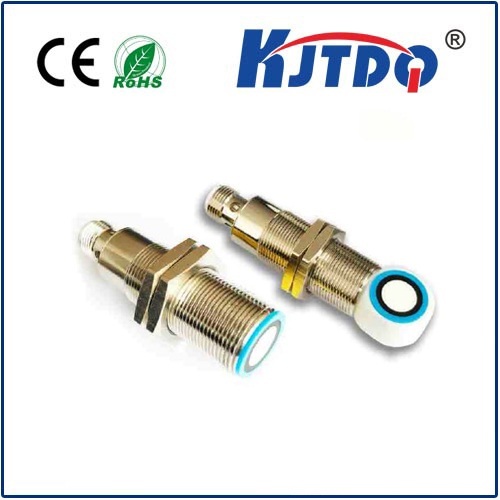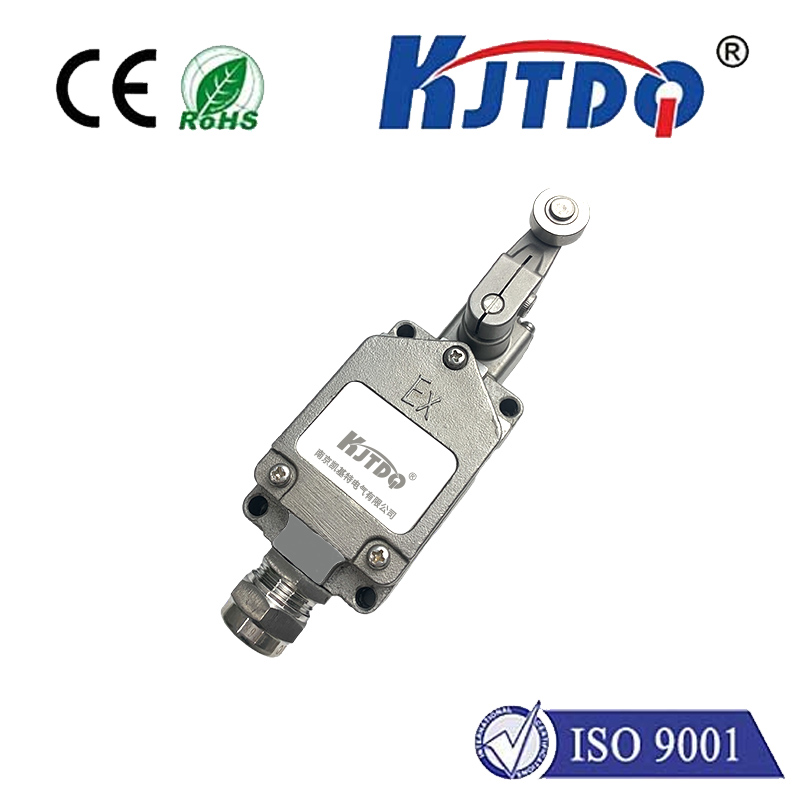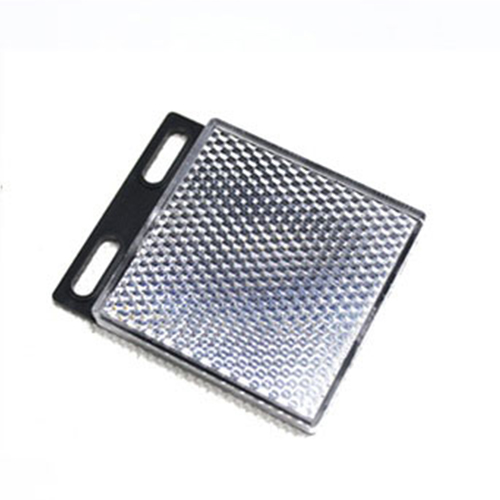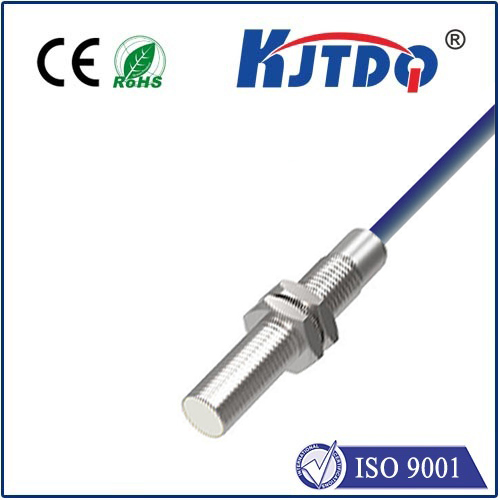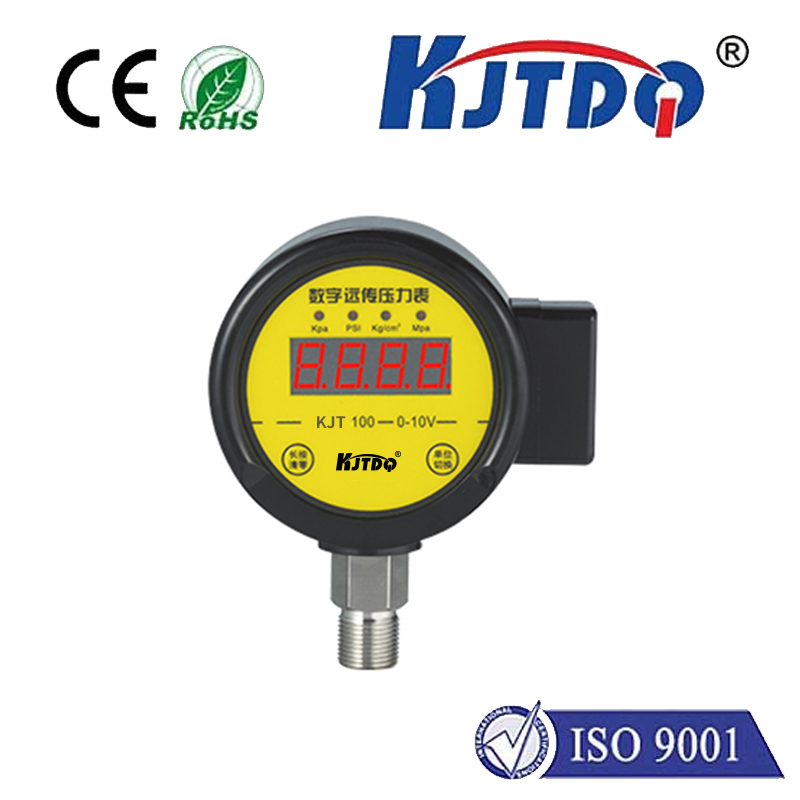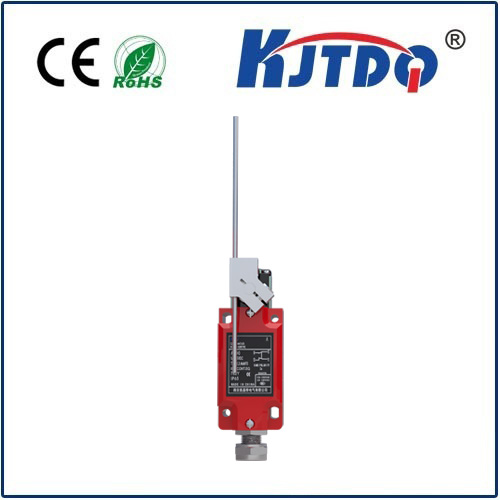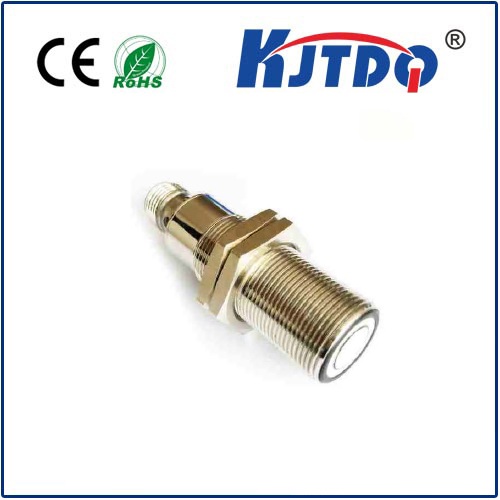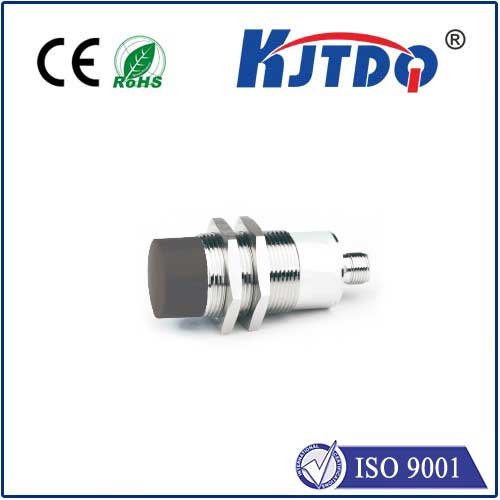

check

check

check

check
In the intricate world of industrial automation, where efficiency, safety, and uptime are paramount, the unsung heroes often reside in the form of reliable sensing devices. Among these, proximity sensors play a fundamental role, acting as the “eyes” of countless machines and processes. When the conversation turns to robust and dependable sensing solutions, Jayashree proximity sensors frequently emerge as a trusted name, engineered to deliver consistent performance in the most challenging conditions.
These non-contact sensors excel at detecting the presence or absence of metallic objects without physical touch. Unlike mechanical switches prone to wear, Jayashree proximity sensors leverage electromagnetic fields (in the case of inductive types, their specialty) to provide wear-free, long-lasting operation. This inherent durability translates directly into reduced maintenance costs and minimized unexpected downtime, a critical factor in modern manufacturing landscapes. Their core technology offers high-speed response times, crucial for applications demanding precision timing, such as high-speed counting or position verification on fast-moving production lines.

What truly sets Jayashree proximity sensors apart is their renowned robust construction. Engineered for the harsh realities of industrial settings, they typically feature stainless steel housings resistant to impacts, vibrations, and corrosive chemicals often encountered in factories. Furthermore, they boast impressive environmental sealing, frequently achieving IP67 or IP68 ratings. This level of ingress protection means they can reliably operate even when exposed to heavy dust, high-pressure water jets, or temporary submersion – a vital characteristic for equipment in sectors like automotive manufacturing, food processing, or heavy machinery. Their ability to function across a wide temperature range ensures stability in environments with significant thermal fluctuations.
The application scope for Jayashree proximity sensors is vast and diverse:
Selecting the right proximity sensor involves careful consideration. Jayashree offers a comprehensive portfolio to meet varied needs. Key factors include:
When integrating Jayashree proximity sensors, attention to detail ensures optimal performance. Correct mounting is essential; ensuring the sensor is securely positioned at the appropriate distance and angle relative to the target guarantees reliable detection. Proper electrical connection according to the sensor’s datasheet specifications and the control system’s requirements prevents damage and malfunction. Shielded cables are often recommended in environments prone to electrical noise (EMI) to prevent signal interference. Periodic inspection and cleaning, especially in dusty or grimy environments, help maintain peak performance over the sensor’s lifespan.
In essence, Jayashree proximity sensors represent a blend of proven technology, exceptional ruggedness, and application versatility. Their focus on delivering reliable, non-contact detection under demanding conditions makes them a cornerstone component in modern industrial automation. By providing consistent, maintenance-free feedback about the presence or position of critical machine elements, they contribute significantly to enhancing operational efficiency, ensuring process safety, and maximizing overall production throughput. For engineers and maintenance professionals seeking robust and dependable sensing solutions, Jayashree proximity sensors consistently deliver the precision and durability needed to keep essential systems running smoothly.
